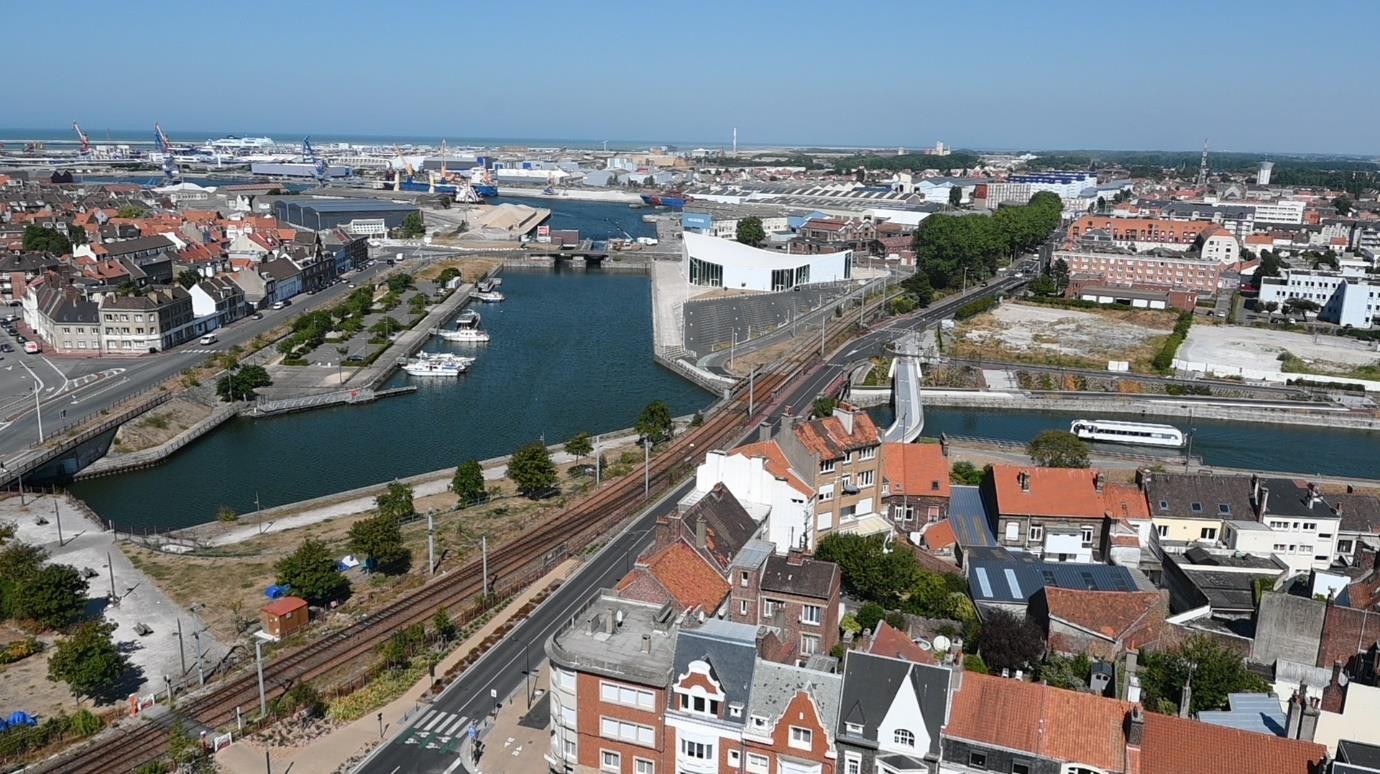

Aritro Dasgupta 7 Nov, 2023
When one thinks of a trip to France, there are many places that come to
one’s mind. Of course,
on top of the list lies the majestic city of Paris
with its Eiffel
Tower, Louvre Museum,
Arc de Triomphe, the Champs-Elysees, the winding Seine cruise river and numerous
museums and art galleries. Besides
Paris, there is Bordeaux with its vineyards, Grenoble in the Alps, Nice along the coastline, Dijon
with its mustard and Strasbourg with its rich
history. But one place that is usually not part of the tourist circuit,
is the city of Calais. It lies in the extreme
northwest of the country, and one can literally sniff England from there, such is
the geography of the place.
My wife and I went on a Euro trip earlier this year in August. This was our first big international trip, so we planned
quite a few places. Most were big European cities following a circuit
covering Paris, Brussels,
Amsterdam, Cologne, and Frankfurt. But Calais was one deviation, that I, as a tour
planner, am most proud of. I wanted a slice of the coastline. I got it
here in Calais
and maybe, a lot more than what I asked for. Calais is just a few hours by train from Paris, and further a few hours from Brussels
or other Belgian
cities like Bruges
or Ghent, and so it can always be planned in a combination with those places.
The area around Calais involves the cities of Dunkirk and Boulogne, is in
many ways the battlefield of Europe.
Numerous battles,
ranging from the time of the 100 Years’ War (1337- 1453) to the World Wars and the Napoleonic Wars in between
have seen a lot of bloodshed around
this region. While the siege
of Dunkirk is one of the most recited events from WWII
lore, Calais also saw a lot of action during
both those wars. And no wonder, one of the top attractions in Calais is a WWII-era,
real-life bunker – Second World War Museum, also known as Musee Memoire 1939-1945. We went inside and what an
incredible feeling. The extent to which everything was meticulously preserved
is remarkable. Real life war paraphernalia including
currency notes, coins, insignia, binoculars, knives, models of different
types of aircrafts, flare guns, compass of bombers, first aid kits, gas masks, important classified document, and what
not with newspaper cut-outs dating to that period,
bringing an even more authentic feel.
We reached Calais after a four-hour train ride from Paris. The journey went through the cities of Lens and Lille, which are amongst the most prominent ones in the extreme north of France. After reaching the cute little station in Calais, we took a taxi right up to our Airbnb accommodation. The taxi was a Mercedes model, and it was using a map system which was not GPS but something we later discovered was used in the entire city. Since I like beaches, it was the first thing I could think of once we freshened up upon reaching our Airbnb and headed to the beach on the English Channel. The water was freezing cold, as one would expect in northern Europe.

Our next day was jam-packed as we covered three main attractions in the city. We started off with the gorgeous Museum of Lace and Fashion. There is a similar attraction in Brussels, and that is because the entire belt stretching from Brussels to Boulogne was a key lace garment-producing hub in the Later Middle and Early Modern Ages. Here we understood the history of lace as an ingredient of fashion and how it became so popular in Europe. There was also an interesting display about the impact on the lace makers after industrialization had set in. The Flanders region covering parts of Belgium and France was one of the earliest areas to embrace industrialization, after England.

The views from the top of the townhall are majestic. One can see this
entire city. On clear days, one can even see the Cliffs of Dover in England, on the other side of the channel.
We grabbed a quick lunch and
then headed to the WWII-era bunker. The curator of that museum was particularly pleased to hear that we hailed from
India. In fact, he mentioned how the
Gurkha regiment, along with forces from Canada and New Zealand, were key to liberating Calais and the surrounding areas from the German hands. As a matter of solidarity,
he allowed us to bring home some souvenirs, free of charge. If nothing else about Calais, this piece of history alone
must be enough
to motivate fellow
Indians to visit this area.
After the multi-cultural Paris, Calais also hits one as a very Caucasian
city. While the cosmopolitanism of
big European cities is another fascinating story, smaller towns in Europe provide a glimpse into another life. I had a similar experience in the Galician
city of Vigo, where I camped for a few days a couple of years back.
Fascinating sights abound in Calais.
One of the not-to-be-missed sights is the Six Burghers statue. The story goes
back again to the Hundred Years’ War,
fought against neighbouring England. The war actually lasted longer than a hundred
years and was more of a series
of battles, rather
than one big set-piece
war.